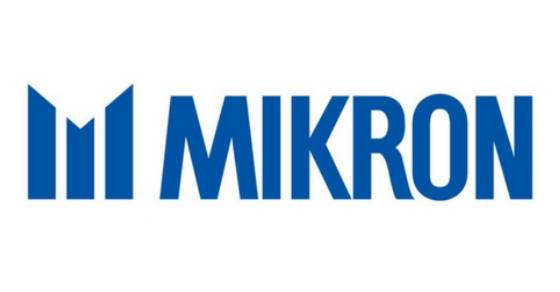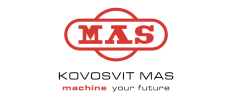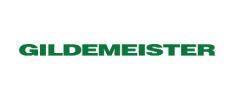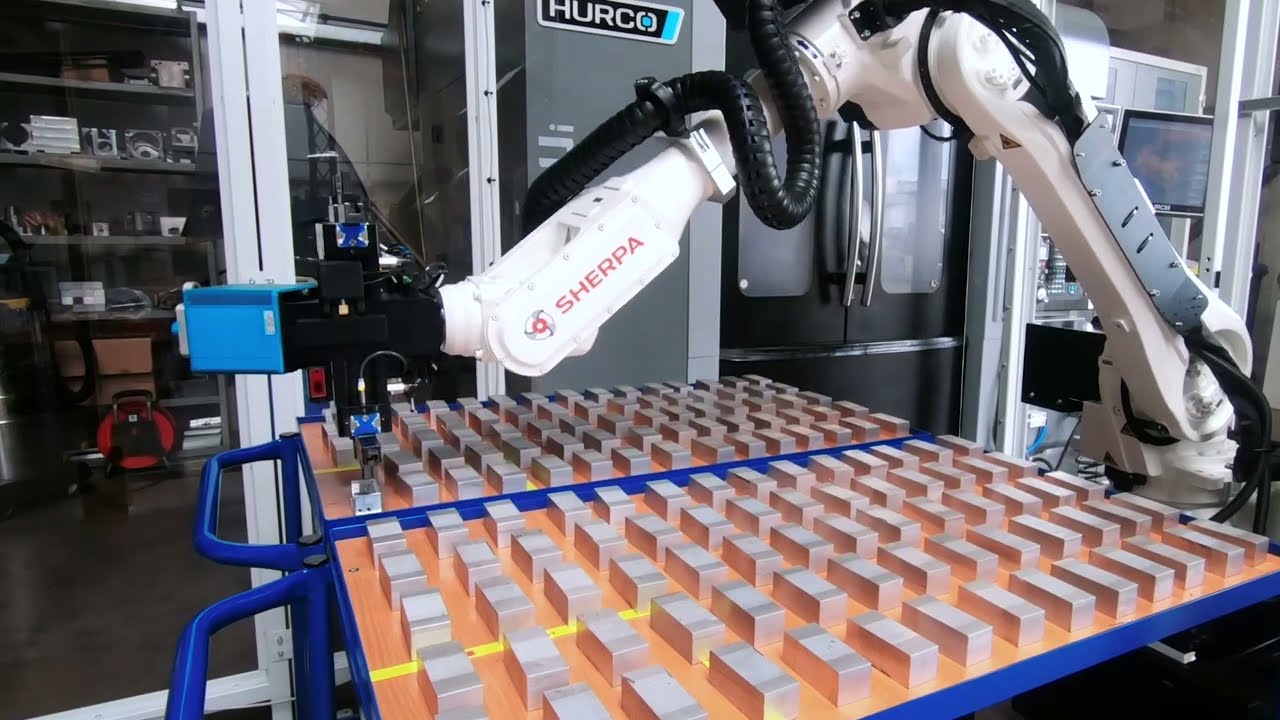Reliable 5-axis Machining on a DMG DMU 65 FD with robot-assisted automation
The demands placed on modern CNC manufacturing processes are constantly increasing. Automated machining processes are essential in order to achieve consistent quality, high reproducibility and economic efficiency. Particularly in series production, processes can be stabilized and reliably standardized through the use of robot-supported systems. In combination with a DMG DMU 65 FD 5-axis machining center, the SherpaLoader® M20 makes this automation solution possible and enables a structured production environment with reduced manual intervention and high process reliability.
Robot-assisted CNC Machining on a DMG DMU 65 FD
The material supply of plastic parts made of POM takes place via a SpaceBox, whose drawers are automatically opened by the robot. The SherpaLoader®M20 detects the component position with the camera-based recognition system and thus enables position-independent removal. This allows the production process to be quickly and flexibly adapted to different geometries and changing workpiece positions and reduces the need for manual positioning of the raw parts on the Raw Material Staging. The robot arm is equipped with two two-jaw parallel grippers for this purpose. The robot uses the blank gripper to remove the first blank from the Raw Material Staging and transfers it to the alignment station. At the alignment station, the Part is aligned using fixed stops. This pre-alignment compensates for positional deviations and ensures repeatable clamping in the subsequent processing stage. The insertion accuracy in the processing position is maintained regardless of the previous position of the part. The robot places the pre-positioned Part in the first vice of the DMG DMU 65 FD and clamps the vice with an integrated electric Torque wrench. The SherpaLoader®M20 uses the torque wrench to clamp the machine vice with a defined torque and angle of rotation, thus ensuring constant clamping conditions and consistent component quality. The next raw part is picked up and prepared at the alignment station while the machining process is still running. The implementation of synchronous processes in the automated machining process reduces non-productive times and increases the spindle running time. This makes the overall process more efficient and contributes to a higher economic utilization of the DMG DMU 65 FD.
Automated machining of both sides of the workpiece with a DMG DMU 65 FB
Once the first processing step has been completed, the robot automatically cleans the part and removes it from the vice. The clamping point of the vice is then cleaned again and the next blank is inserted. Cleaning the workpiece and the clamping point ensures constant clamping conditions and increases process reliability and component quality. The SherpaLoader®M20 turns the edited semi-finished part on a regripping station and aligns it again on the alignment station. This ensures that the back of the component can be edited with consistent precision. The robot arm places the aligned semi-finished part in the second vice of the DMG DMU 65 FD, which has also been cleaned beforehand. The machining process of the second side begins. After Machining, both machine vices are opened, the next raw part is inserted, the semi-finished part is turned and reinserted, the finished part is finally cleaned and returned to the Raw Material Staging. The robot’s work area remains reliably secured throughout the entire process: an access door secures access to the work area and a light curtain secures the access area for material provision. The robot’s working area is also equipped with a safety barrier. This combination ensures a clear separation between the operating and automation areas and safe operation at all times.
Automated series production with the DMG DMU 65 FD
The integration of the SherpaLoader® M20 into the machining process of the DMG DMU 65 FD combines reproducible clamping processes with a consistently synchronized sequence. The combination of automatic material supply, camera-based workpiece detection, predefined alignment and controlled vice clamping enables consistent machining results across both sides of the workpiece. At the same time, manual intervention is reduced, which increases process stability and reduces operator workload. The overall system supports economical production under stable conditions – especially for series production processes with high demands on dimensional accuracy, repeatability and component cleanliness.



























